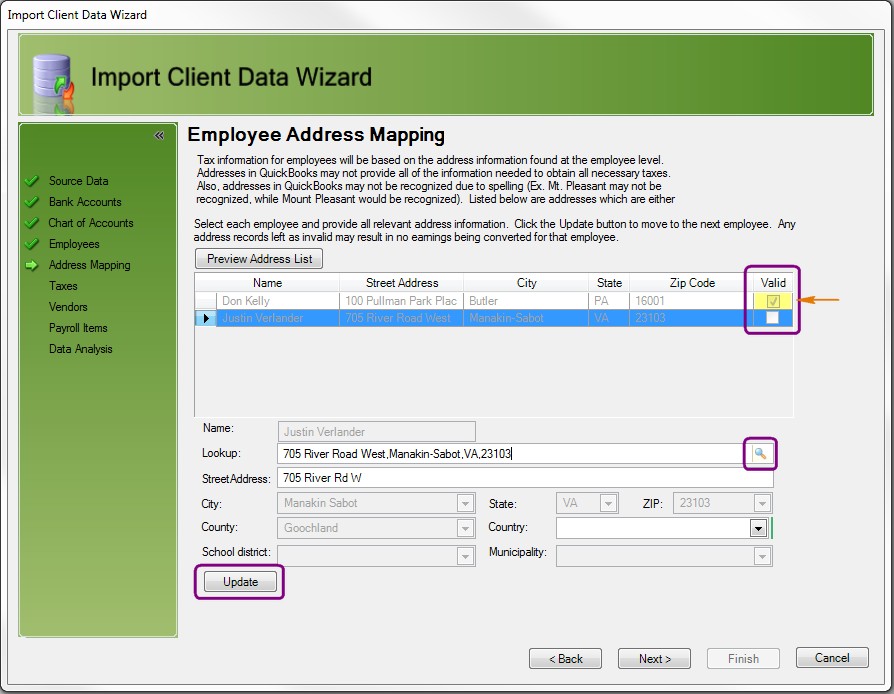

Check columns has correct/expected values: dates are correct, amounts are correct, and so on. The transactions show how the converter understands your data. Important, INTU.BID value (default 3000, Wells Fargo), you can look up your bank or leave the default value. In other settings, you can leave the default or set if you know you need to set them. If you are importing for one account, you can leave the default value. On the left side, we have account type, which is important to set for QuickBooks, enter the account number.

It applied to both bank (checking/savings) and credit card accounts: expenses must be negative, payments to the account must be positive. Use the "Change +/-" button once per file to revert the sign of amounts. It is recognizable credit card transactions, check the "Detect credit card transactions checkbox.Ĭheck if amounts are negative for expenses and positive for deposits (payments to the account). The left sidebar has input file settings: expected date format if it is obvious to the parser. You still have to review transactions to see how the converter understood your file and you have all controls to convert your file successfully. In most cases, you just need to click the 'Convert' button. The CSV file has the date, amount, payee, memo, check number.

We will use a sample CSV file with debit and credit transactions. IMPORTANT: CSV2QBO is now replaced with the Transactions app, which converts from more formats and converts to more formats. We will use CSV2QBO, free trial is available.
#Import data into quickbooks from csc how to
This video shows how to convert a CSV or Excel file to QBO format and import into QuickBooks.


 0 kommentar(er)
0 kommentar(er)
